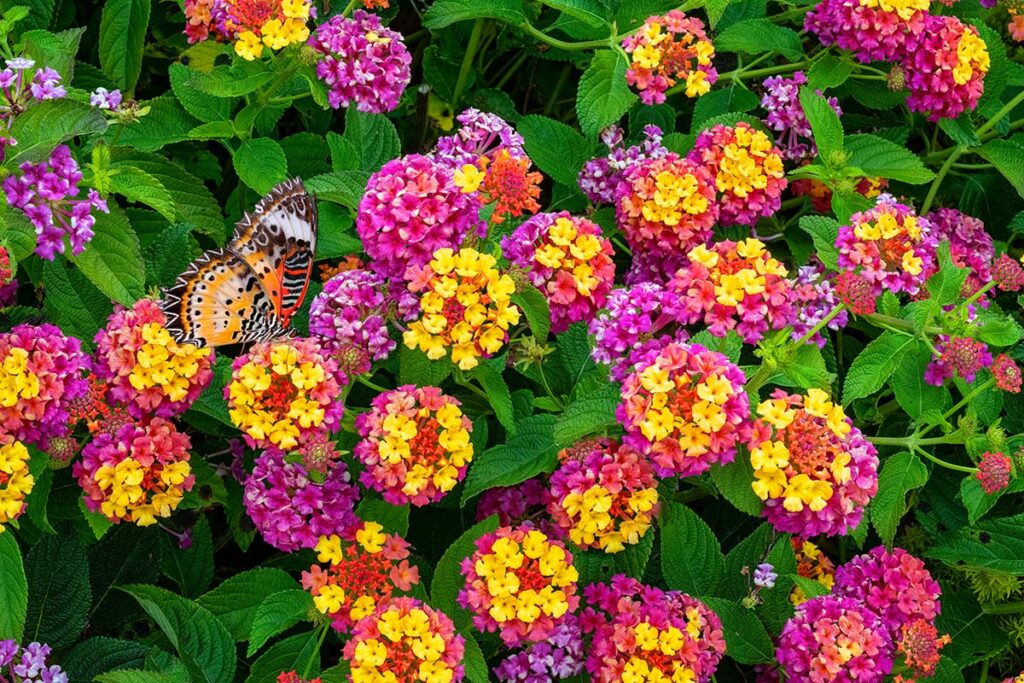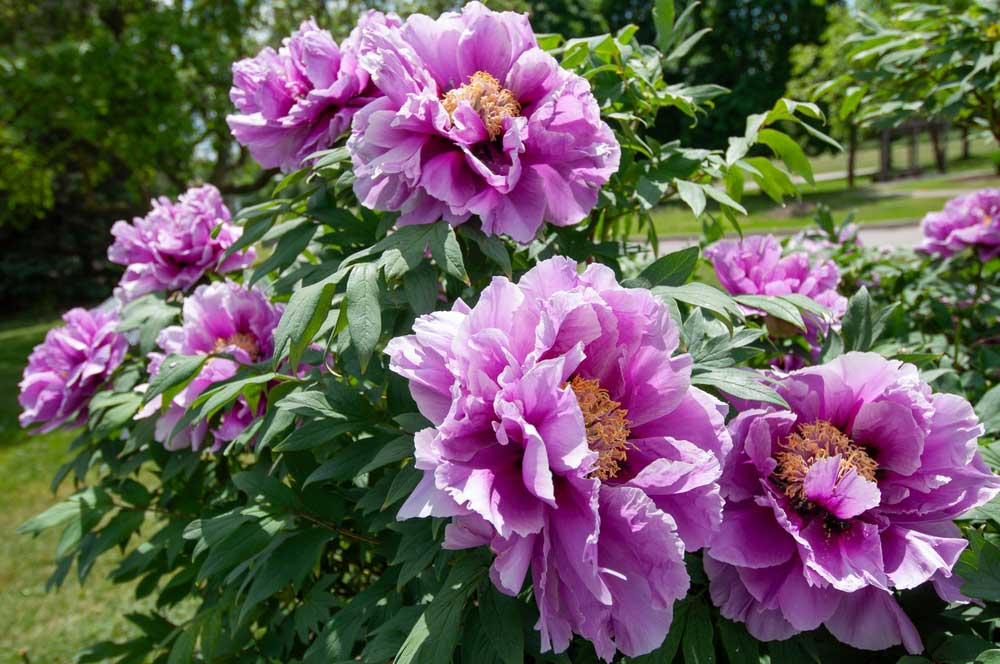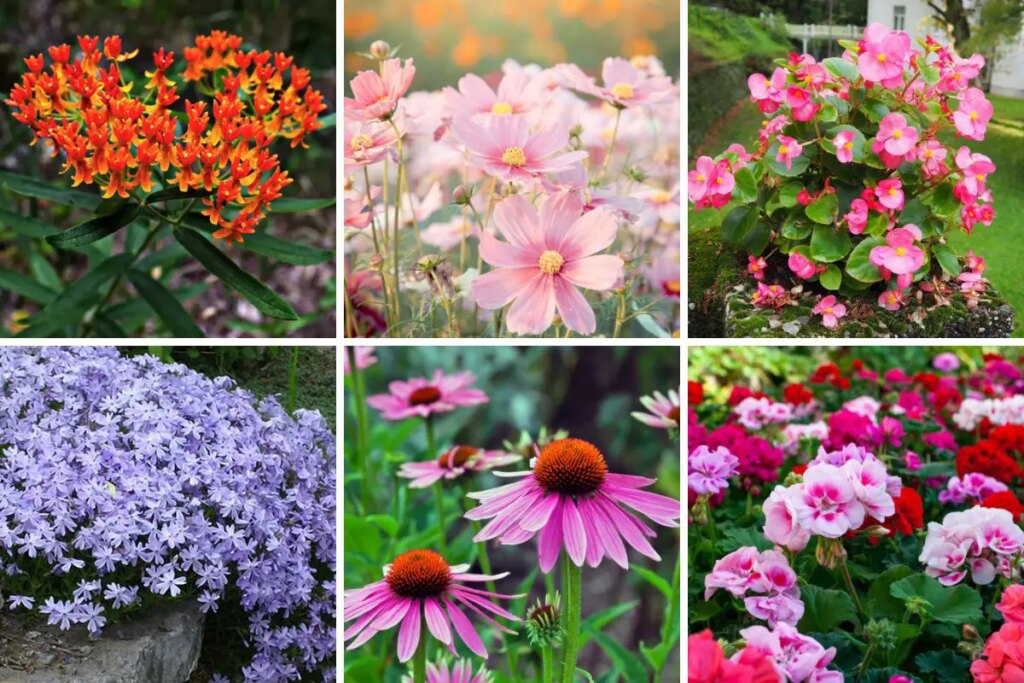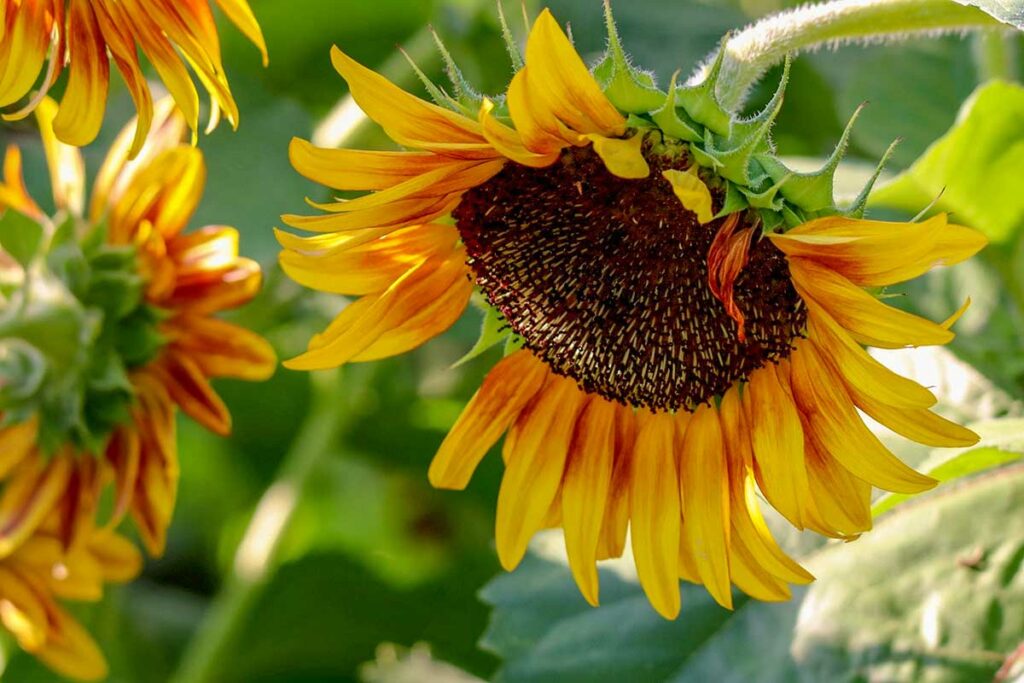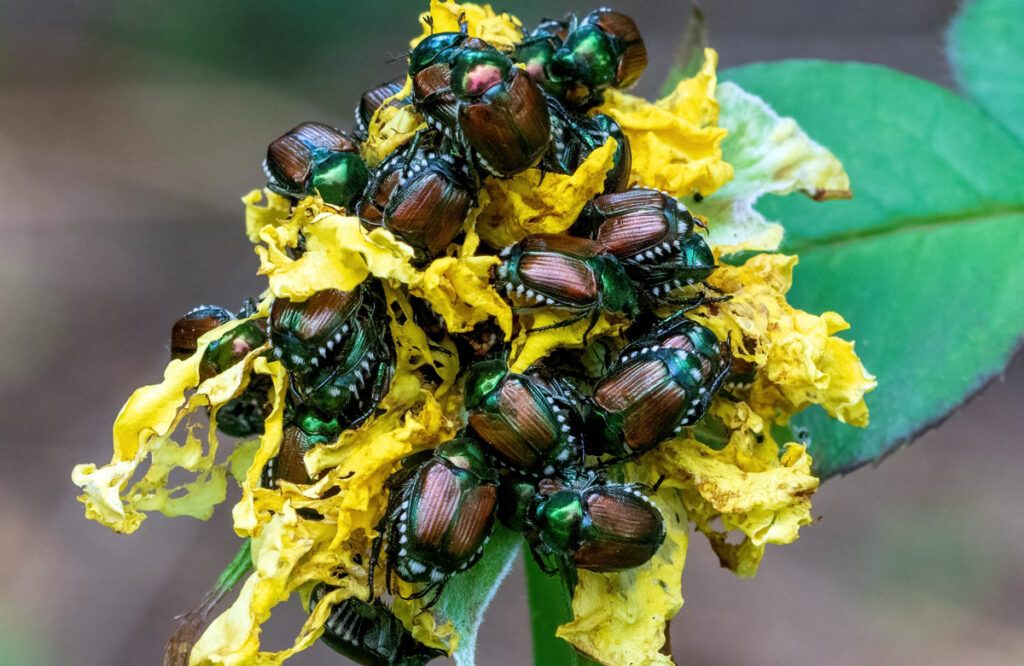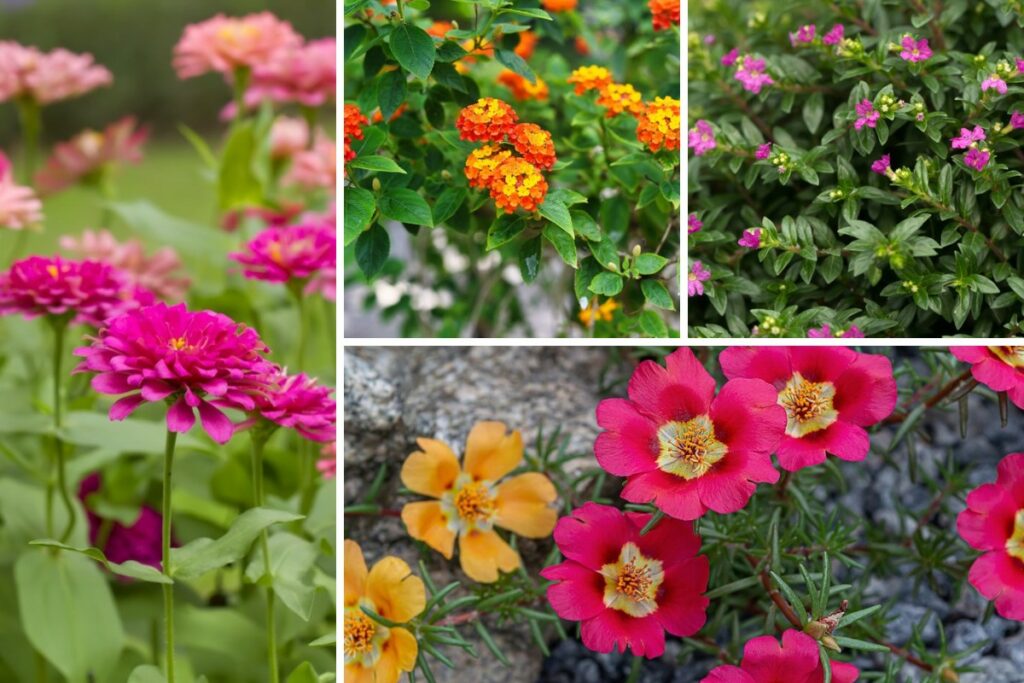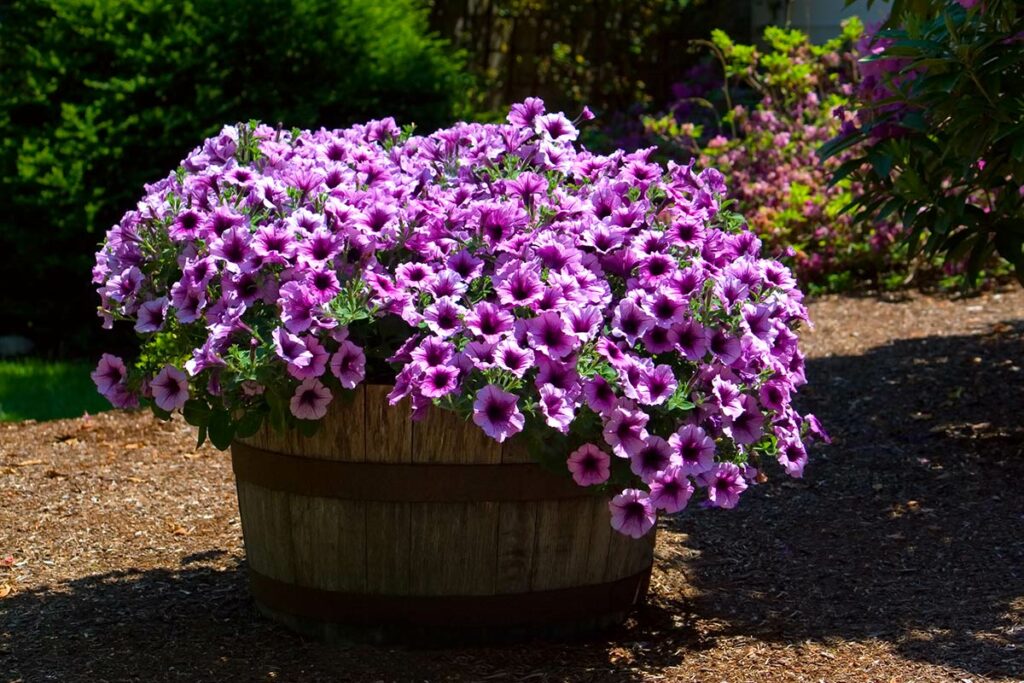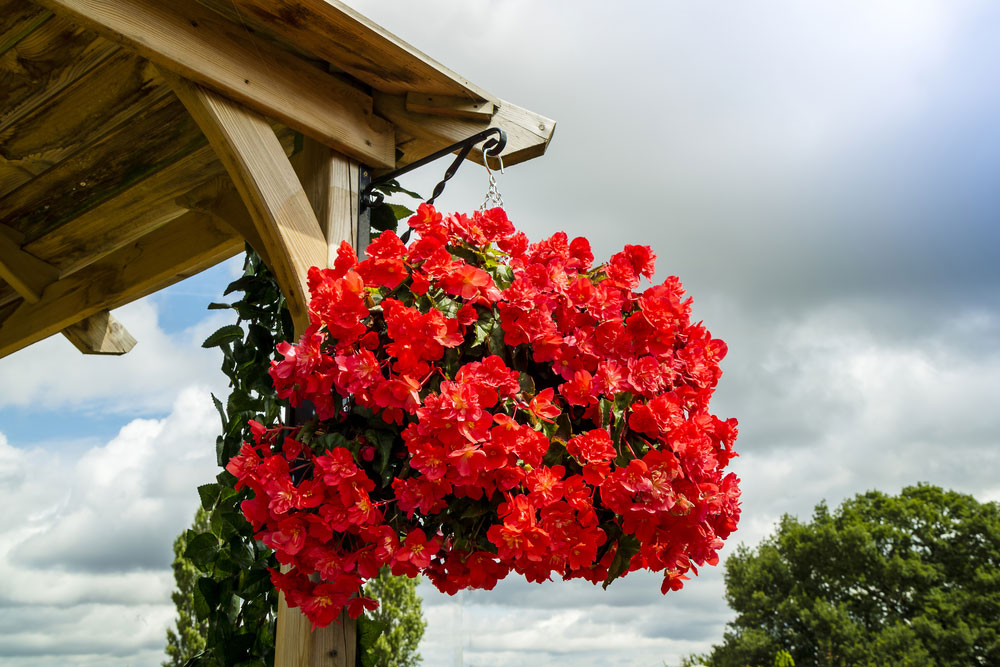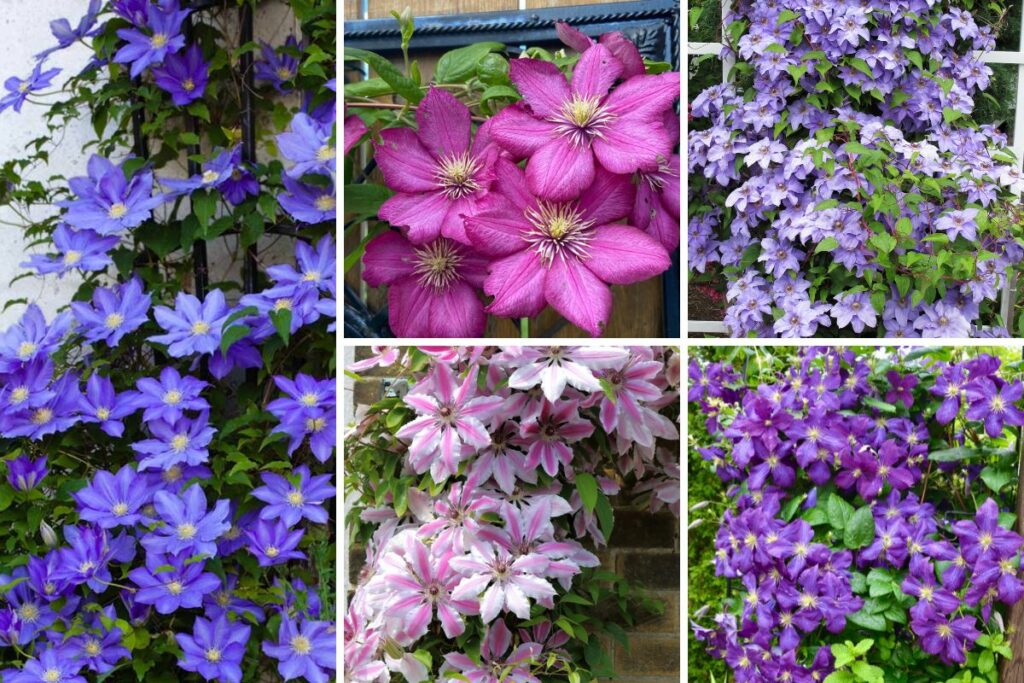
Clematis is a stunning flowering vine that can add an elegant touch to any garden or landscape. Known for its vibrant blooms and versatility, clematis is a popular choice for gardeners around the world. However, getting these beautiful plants to grow and bloom successfully can sometimes be a challenge.
In this article, we’ll provide you with 10 tips on how to get clematis to bloom. Whether you’re a seasoned gardener or a beginner, these proven strategies will help you cultivate healthy, vibrant clematis that will thrive for years to come.
So, let’s dive in and discover the secrets to growing beautiful clematis in your own backyard!
1. Plant in the Right Location
Clematis needs full sun to grow and bloom properly. Make sure to plant them in a location that receives at least six hours of direct sunlight per day. Additionally, they prefer well-draining soil with a pH level between 6.0 and 7.0.
2. Provide Support

Clematis are climbers and need support to grow. You can use a trellis, fence, or any other vertical structure to support the plant. It’s important to install the support system before planting the clematis to avoid damaging the roots later.
3. Mulch Around the Plant
Mulch helps to retain moisture in the soil and regulates the temperature around the roots. This can help the plant grow healthier and bloom better. Use 2-3 inches of organic mulch around the base of the plant, but avoid covering the stems.
4. Prune Properly
Clematis blooms on new growth, so it’s important to prune them properly. In early spring, cut back dead and weak stems to promote new growth. Additionally, prune lightly after the first blooming period to encourage a second round of blooms.
5. Water Regularly
Clematis needs consistent moisture, especially during the growing season. Water the plant deeply once a week, making sure to soak the soil around the roots. Avoid getting the foliage wet to prevent fungal diseases.
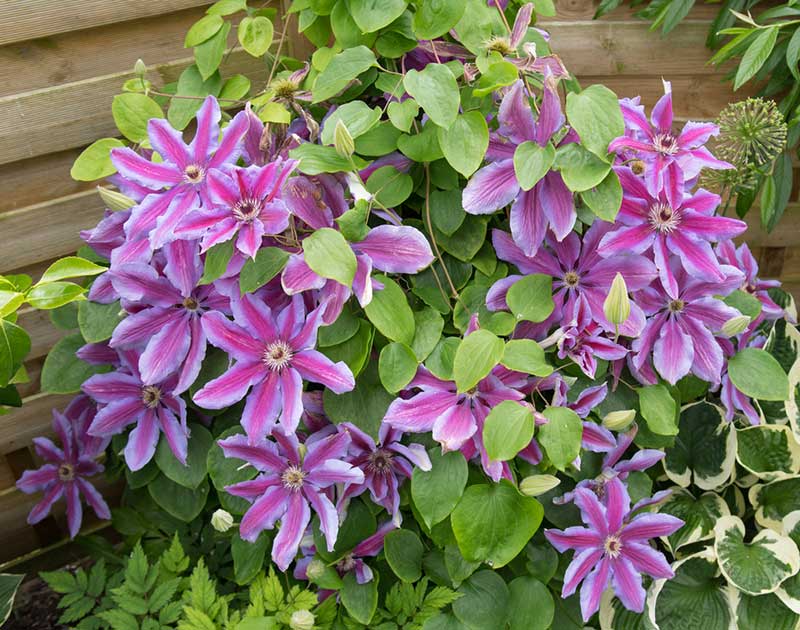
6. Fertilize Regularly
Clematis needs nutrients to bloom properly. Use a balanced fertilizer, such as a 10-10-10 or 20-20-20, every 4-6 weeks during the growing season. Be careful not to over-fertilize, as this can damage the plant.
7. Deadhead Spent Blooms
Removing spent blooms can encourage the plant to produce more flowers. Cut back the stem just above the first set of healthy leaves.
8. Protect from Pests and Diseases
Clematis is susceptible to pests and diseases, such as aphids, spider mites, and powdery mildew. Use insecticidal soap or neem oil to control pests, and fungicides to prevent diseases.
9. Provide Shade for the Roots
Clematis prefers to have cool roots, so it’s a good idea to provide shade for the base of the plant. You can use other plants, such as low-growing perennials or groundcovers, to provide shade.
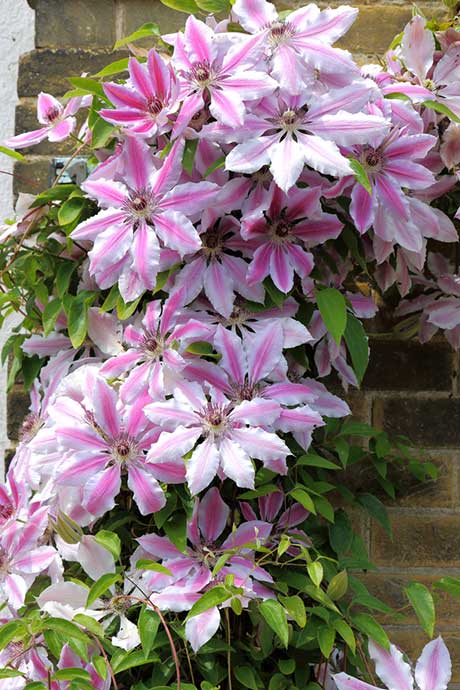
10. Choose the Right Variety
There are many different varieties of clematis, each with its own blooming habits and requirements. Choose a variety that is well-suited to your climate and growing conditions.
Conclusion
In conclusion, getting clematis to bloom requires proper planting, support, pruning, watering, fertilizing, and pest control. With these 10 tips, you can enjoy the beautiful blooms of clematis in your garden or landscape.





